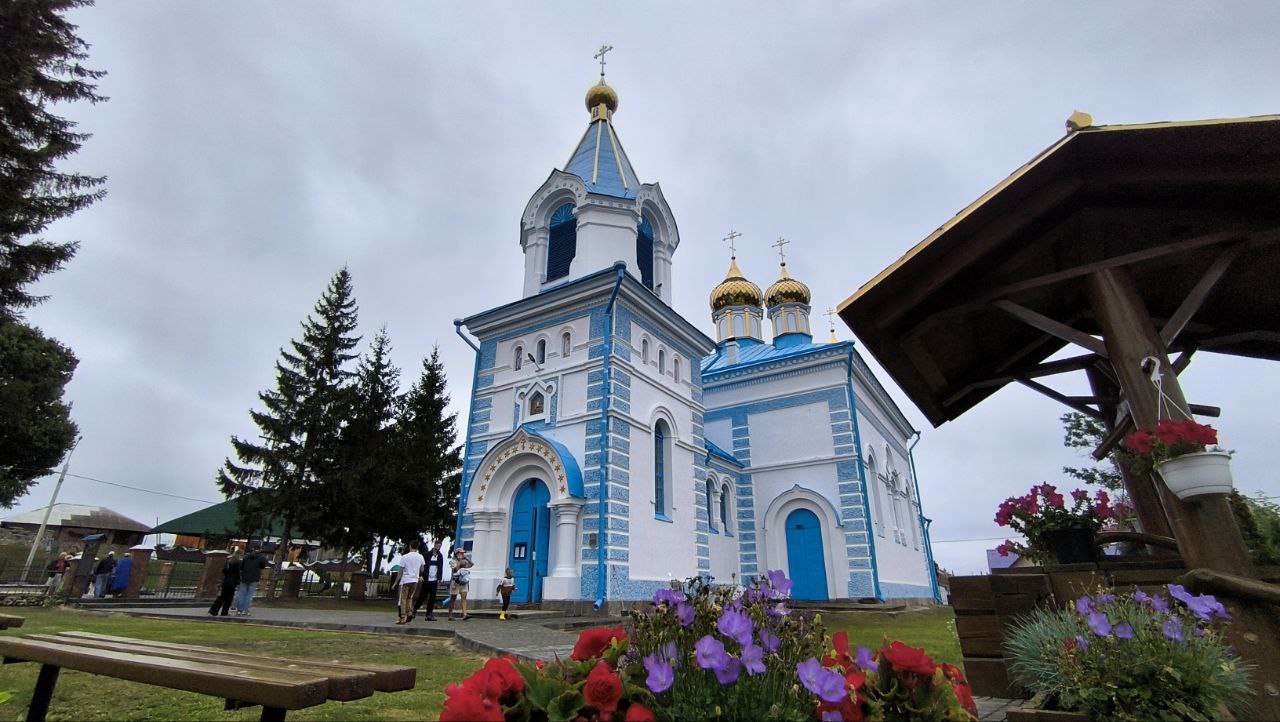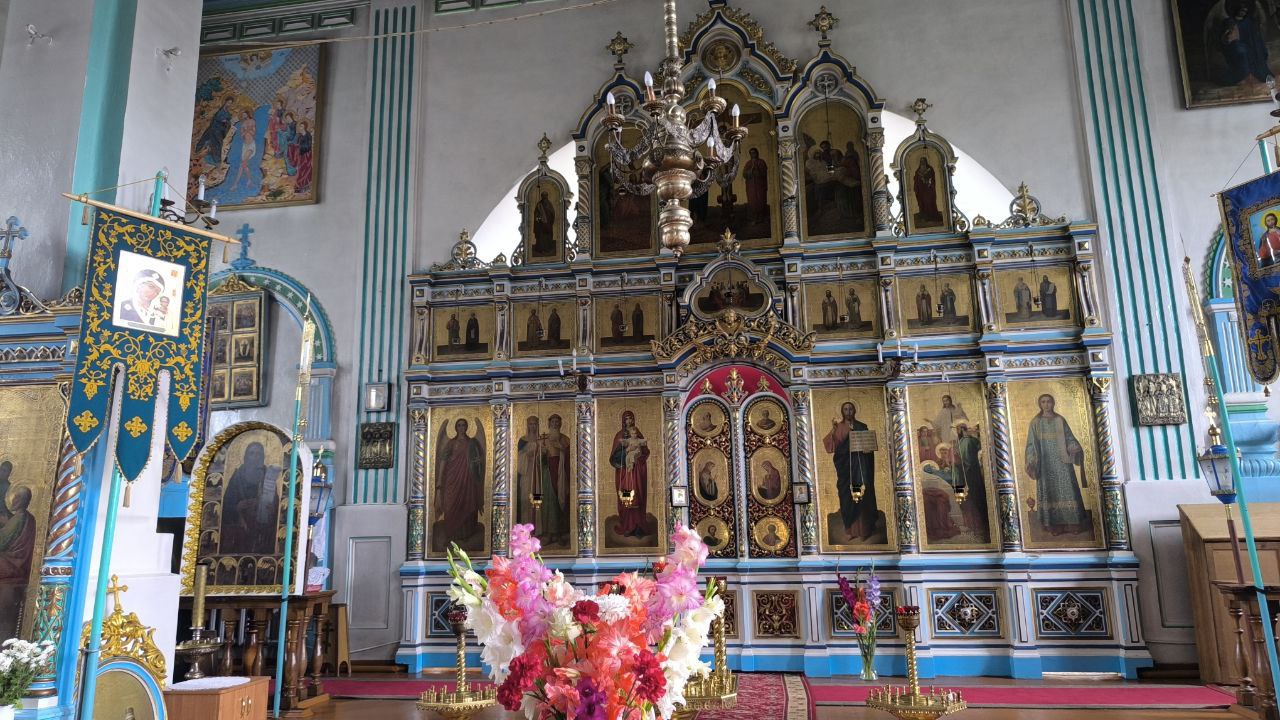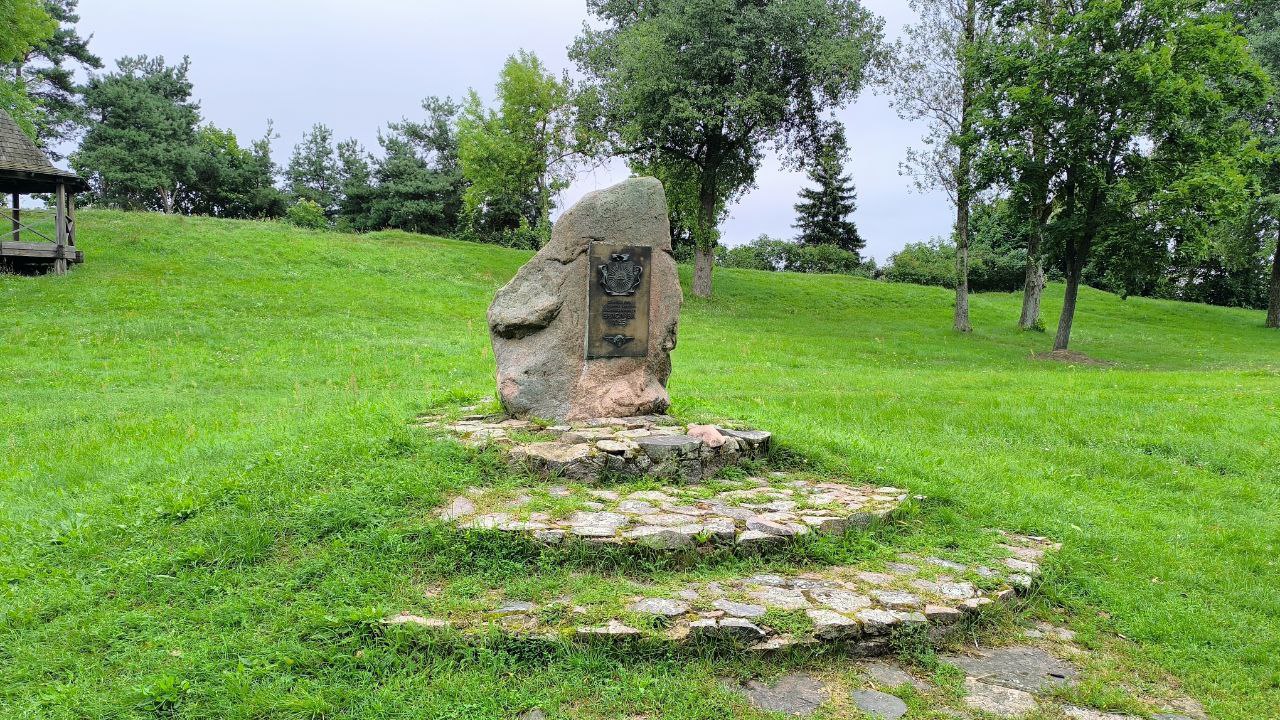It brought together representatives of the National Tourism Agency, employees of the TIC and travel agencies, tour guides and guide-interpreters.
The workshop participants were presented with a walking architectural and historical excursion "7Ya in Lakeland: on foot around Glubokoe". This is exactly how, without rushing, you need to walk around this amazing place, which is also called Belarusian Venice, because the city is located on five lakes.
The route is remarkable for its diversity and harmonious combination of architectural and natural heritage of Glubokoe. It contains landmark items to learn the history of the town as best as possible and immerse in its unique atmosphere: monuments of sacred architecture and ordinary buildings of the small town, memorial complexes dedicated to the events of the Great Patriotic War, and industrial architecture.
The route includes the Church of the Holy Trinity, a monument of late Baroque architecture built in 1764–1782 on the site of an old wooden church. The main altar of the church contains an icon of the Mother of God with the Child, deeply revered by believers. Created in the mid-17th century, it was moved from the neighboring Carmelite church. The church is decorated with an openwork pulpit from the second half of the 18th century. Services in the church were not interrupted even during the years of Soviet power.
The Cathedral of the Nativity of the Blessed Virgin Mary is another important religious and cultural shrine of Glubokoe district. Even Napoleon, leaving Glubokoe in 1812, regretted that he could not take this magnificent structure with him to Paris. Initially, it was a Catholic church. In the 1860s, it was transferred to the Orthodox Church. Today, it is the largest Orthodox church in Belarus, capable of accommodating more than 3 thousand believers.
The visiting workshop continued its activity in Braslav. Probably everyone has heard about the beauty of the lake region. However, Braslav is famous not only for its natural attractions. The city has preserved a rich historical and cultural heritage.
Once in this amazing place, you should definitely look into the Holy Dormition Church, built in 1897. Previously, in the 16th century, there was a temple and a women's Orthodox monastery on this site. But the fire of 1859 destroyed all the buildings. The shrine contains unique icons from the 18th-19th centuries: "St. Nicholas", "Apostles", "Annunciation", " Purification".
Another local landmark is the Church of the Nativity of the Virgin Mary in Braslav, the construction of which began in 1824. Its interior is striking in its beauty and the preservation of ancient elements. The images of the sun and a vase of flowers on the eastern wall, as well as the ancient organ, attract attention. The miraculous icon of the Mother of God "Queen of the Lakes" is kept here, which was crowned in 2009, becoming the seventh icon in Belarus and the first in Vitebsk region to be awarded such an honor. This year, the temple was awarded the status of a minor basilica. This is the fourth temple in Belarus to bear the honorary title.
A must-see is the 14-meter-high, 2-hectare hillfort called “Castle Hill,” which is an archaeological monument from the 9th to 15th centuries. It offers a beautiful view of the city. There is also a sign in honor of the founding of Braslav and the grave of Dr. Stanislav Narbut (1853–1926), who worked as a doctor in Braslav for over 40 years and was highly respected by the townspeople.
These facilities are included in the new route of the cycling trip "Cycling around the world in Lakeland: Braslav district". The route also includes other local attractions: Okmenitsa spring, the memorial sign "To the prisoners of Braslav ghetto", the building of the former railway station, Braslav history and local history museum, the Well tent. The list includes Mount Mayak and the Church of Divine Providence in Slobodka. Soon we will tell you what is remarkable about these facilities.
In Braslav district there is an amazing place called Druya. The old layout and many historical buildings worthy of attention have been preserved here. The workshop participants were shown the local tourism potential and were given five reasons to come to Druya:
- Touch the Borisov Stone. Here is one of the five boulders found in the bed of the Western Dvina, which are called Borisov. The monument of epigraphy of the 12th century decorates the central square of the small town.
- See the monument to the narrow-gauge railway. Once upon a time, there was a narrow-gauge railway from Druja to Dukstas. Now, only a small homemade monument and buildings that housed the station and locomotive depot remind us of it.
- Take a walk to the Annunciation Church. Built in the 18th-19th centuries, it was once the main Orthodox shrine of Druya. Now the shrine is under restoration. And pay attention to the Church of the Holy Trinity. It belonged to the Bernardine Order and was built in 1643-1646 with funds from the deputy chancellor of the Grand Duchy of Lithuania Kazimir Lev Sapega.
- See the largest stork nest in Belarus (3rd largest in Europe), located on the ruins of an old brewery.
- Feel the spirit of history embodied in the new art facility, where the names of the Western Dvina and its tributaries are written in three languages, the length of the river, and the states through which it flows are indicated.
The high point of the workshop was the round table "Untapped Potential of Belarusian Lakeland: Tourism Opportunities and Trends". Head of the Sports and Tourism Sector of Braslav District Executive Committee Yulia Beinarovich in her speech touched upon the topic of tourism potential and effective ways of promoting tourism services. There are 56 historical and cultural values in the district. And recently they have attracted more and more attention from tourists, including from abroad. On the one hand, this is facilitated by the holding of international festivals "Sword of Bryachislav", "Braslav Zarnitsy", "VIVA Braslav". On the other hand, serious attention is paid to improving the level of service and developing infrastructure in the district. By the way, in addition to hotels and sanatoriums, there are 89 tourist camps and 23 catering facilities in Braslav district.
To stay on the wave of tourist demand, it is necessary to regularly warm up interest. And it is better to do this through events and services that are characteristic only of one specific region. Thus, the national park has implemented the concept of "Top 5 reasons why you should come to Braslav Lakes". At the same time, emphasis is placed on the formation of a package of seasonal offers.
The tourism industry is a multi-vector work. It is important to use the existing potential not only to attract tourists: historical and cultural heritage must be involved in work with young people to introduce them to the history of their native land, emphasized in his speech the head of the branch of the "Druya Village House of Culture" Alexander Plygavko. He spoke about the concept of the historical reconstruction club "Secrets of Druya" and shared his experience of how to stimulate the interest of young people in the historical and cultural heritage of the country. To do this, the speaker is convinced, it is necessary to involve young people in joint activities to preserve the heritage of Belarus.
The round table took place in one breath. Lively conversation sometimes grew into a discussion, which once again confirmed: the tourism industry employs proactive, interested and caring specialists.
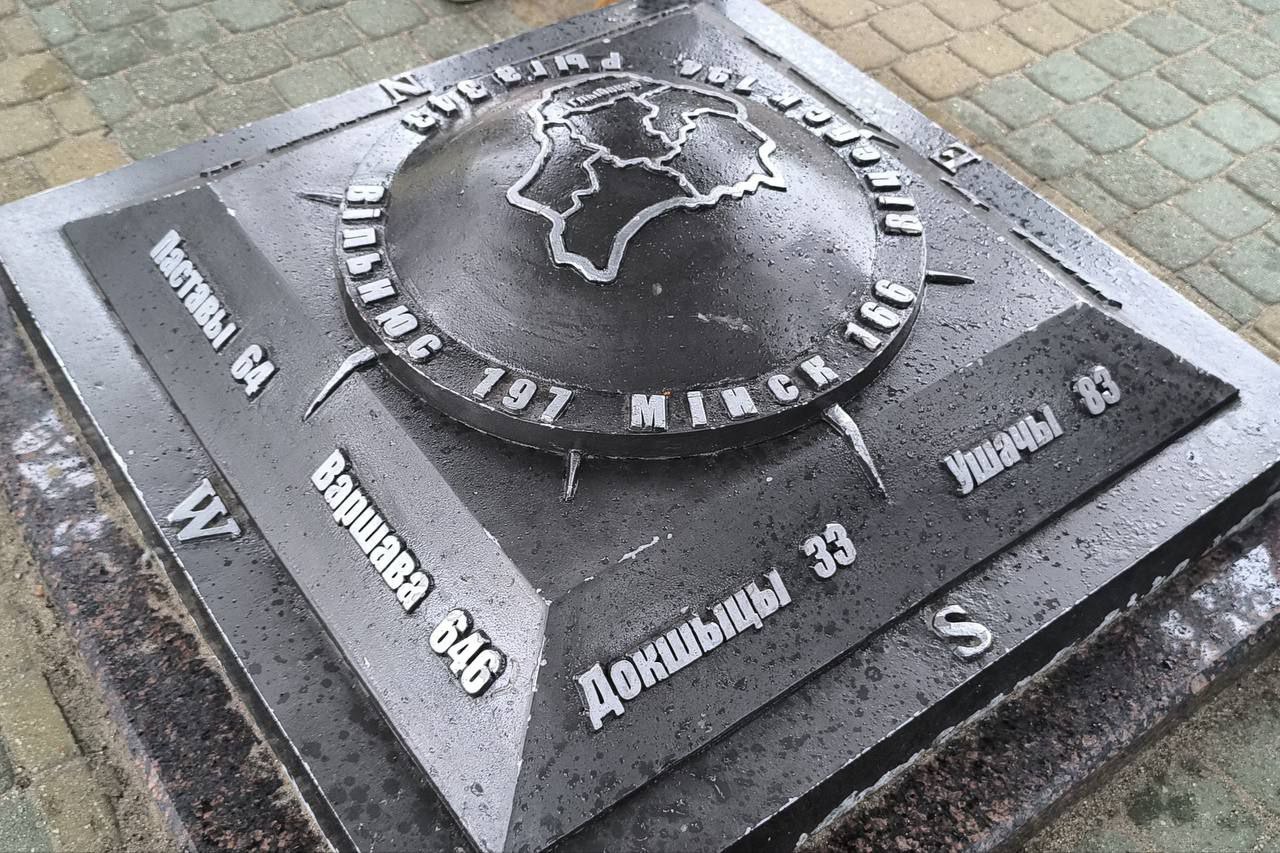
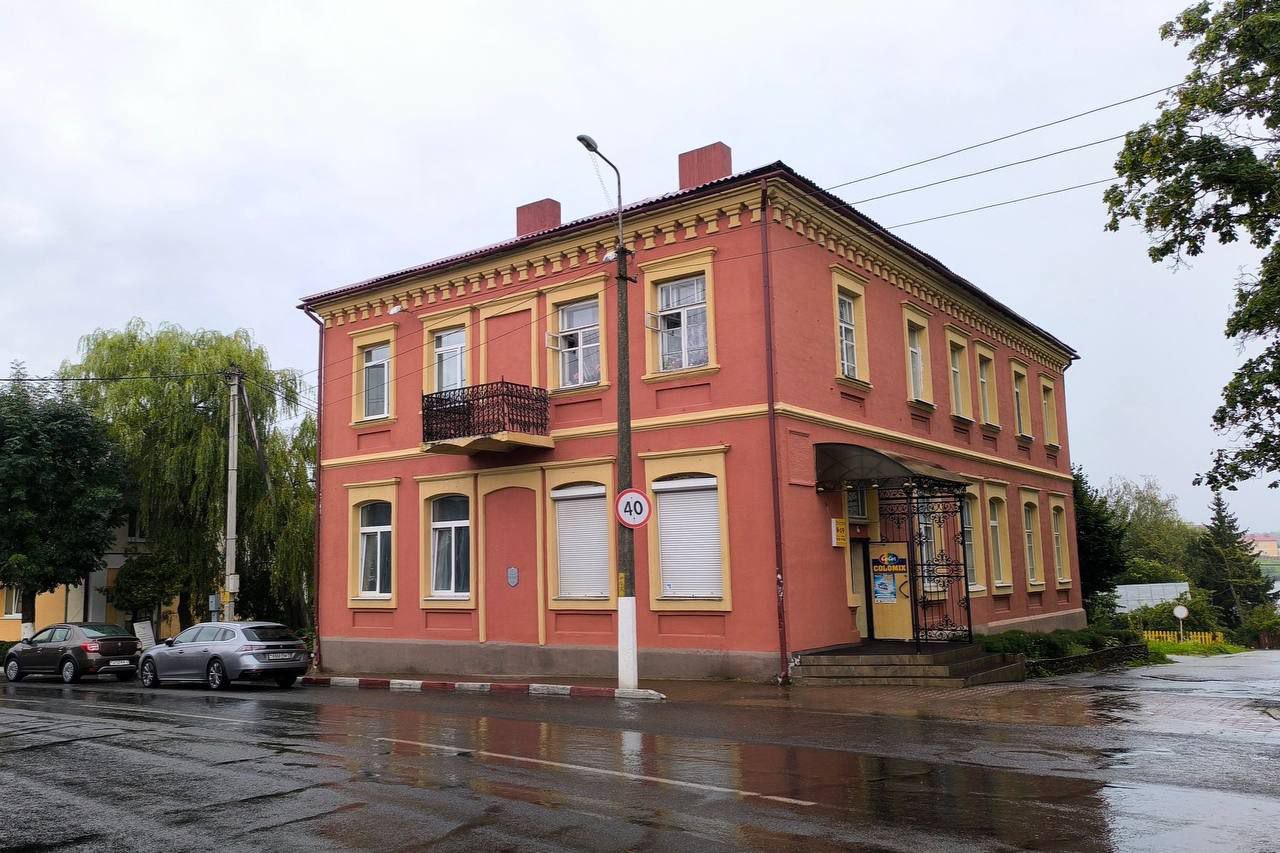
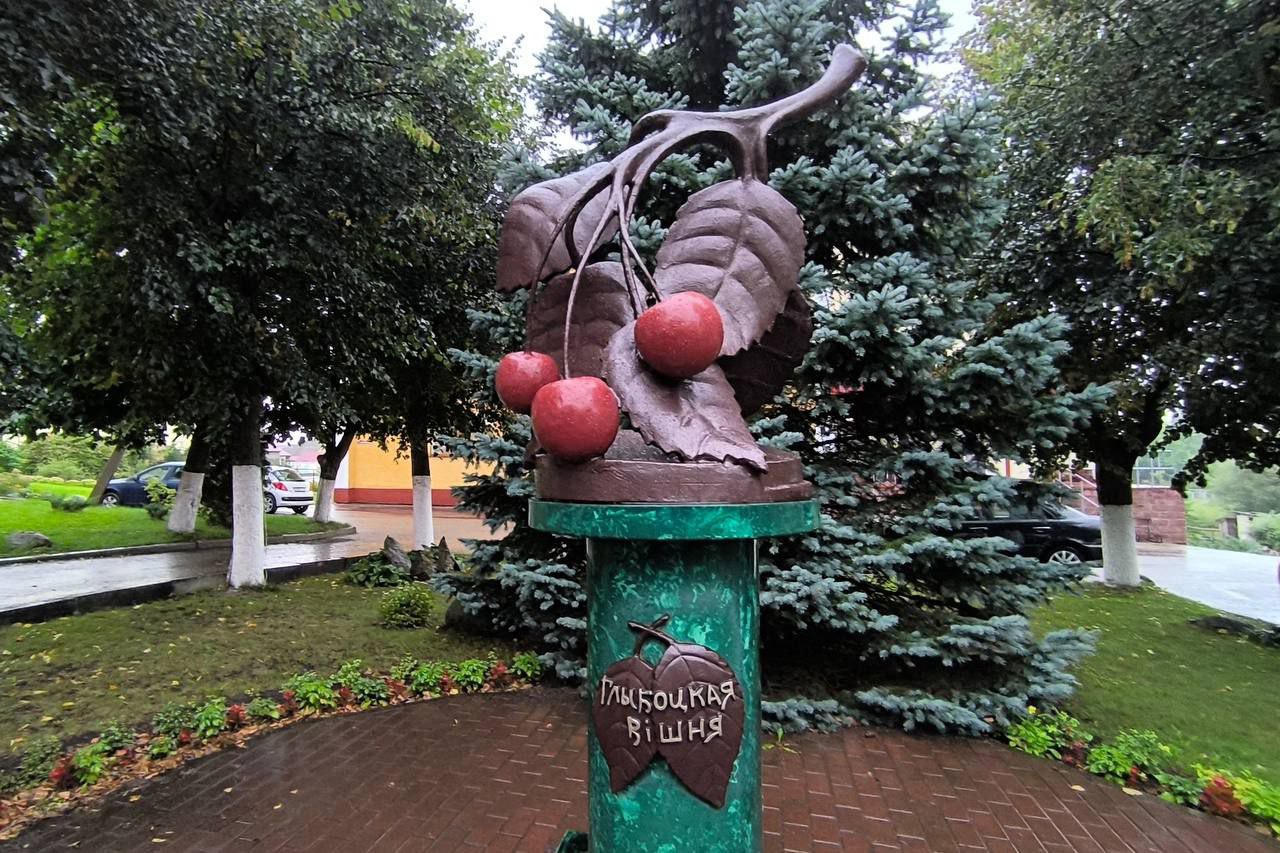
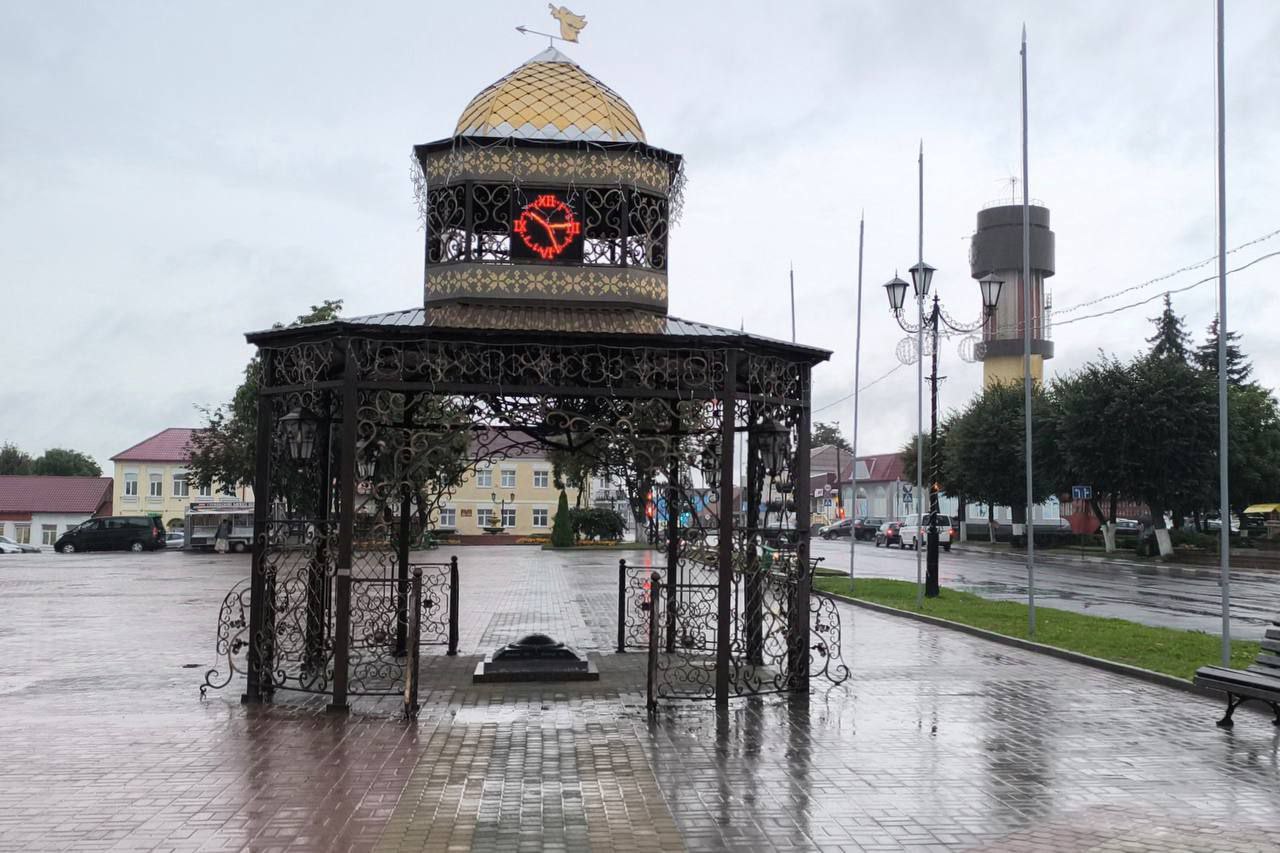
.jpg)
